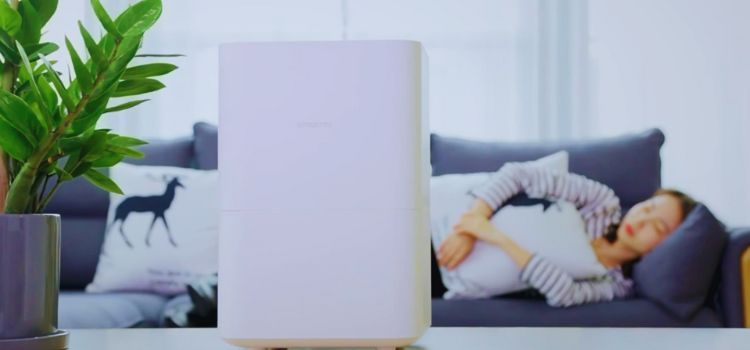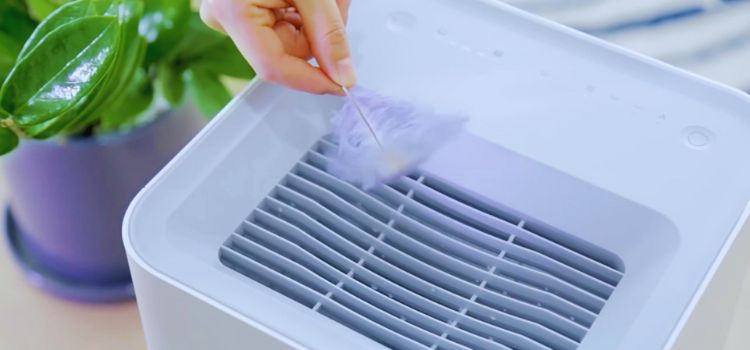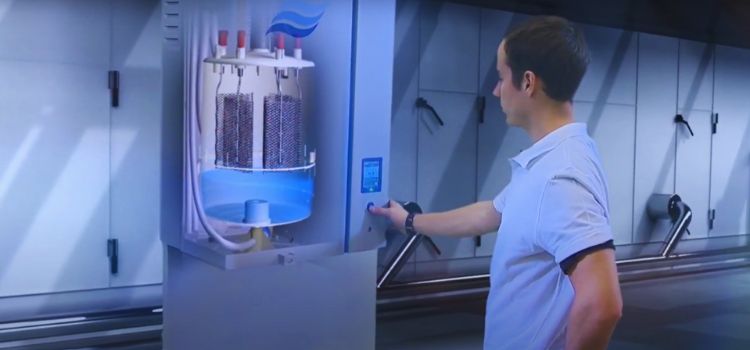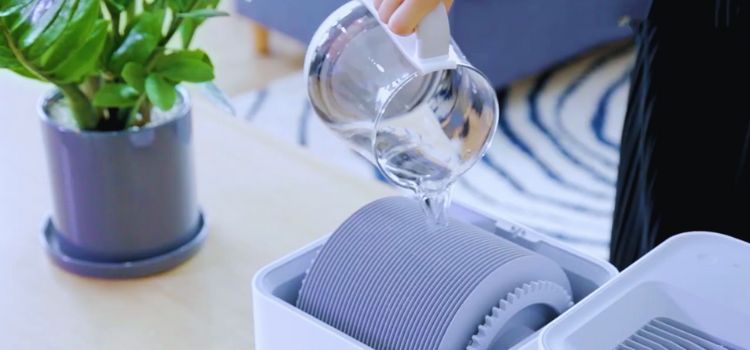Dry air in our homes can lead to several health issues and discomforts, such as dry skin, irritated respiratory passages, and even damage to wooden furniture. Humidifiers are an excellent solution to maintain optimal humidity levels indoors.
In this article, we will compare two popular types of humidifiers: evaporative and steam humidifiers. Understanding their differences and advantages will help you make an informed decision when choosing the best option for your home.
Understanding Humidifiers
What is a Humidifier?
Before we explore the specific types of humidifiers, let’s understand the concept of a humidifier itself. A humidifier is an electrical appliance designed to add moisture to the air in indoor spac
es. It increases the humidity level, which helps combat dryness and its associated problems, such as dry skin, chapped lips, and irritated respiratory passages.Importance of Humidifiers for Indoor Air Quality
Humidifiers offer numerous benefits for indoor air quality. They can alleviate respiratory issues, reduce the risk of infections, prevent static electricity buildup, protect wooden furniture, and promote overall comfort within your living spaces.

Evaporative Humidifiers | How Evaporative Humidifiers Work
Evaporative humidifiers operate on a simple and natural principle. A fan inside the humidifier draws in air, which then passes over a water-saturated wick or filter. The air absorbs moisture from the wick, and when it’s expelled back into the room, it carries the added moisture, effectively increasing the humidity levels.

Types of Evaporative Humidifiers
There are various types of evaporative humidifiers, but there are two common and popular humidifiers: Cool-Mist and Warm-Mist Evaporative Humidifiers.
- Cool-Mist Evaporative Humidifiers: Cool-mist evaporative humidifiers are among the most popular types available. They operate by emitting cool, moisture-laden air into the room, making them ideal for warmer climates or for use during the summer season. These humidifiers are also energy-efficient and require less power to operate compared to warm-mist variants.
- Warm-Mist Evaporative Humidifiers: Warm-mist evaporative humidifiers, as the name suggests, emit warm mist into the room. They usually have a heating element that boils water to produce steam. These humidifiers are more effective in larger spaces and can also help create a cozy ambiance during colder months.
Pros and Cons of Evaporative Humidifiers
Evaporative humidifiers offer several advantages, such as being energy-efficient, budget-friendly, and providing a natural and comfortable level of humidity. However, they may not be as effective in larger spaces and require regular maintenance to prevent mold or bacteria growth in the wet components.
PROS
CONS
Ideal Usage Scenarios
Evaporative humidifiers are an excellent choice for medium to large-sized rooms or open-concept living areas. They are well-suited for those seeking an eco-friendly and cost-effective option for maintaining proper humidity levels.
Steam Humidifiers | How Steam Humidifiers Work
Steam humidifiers work on a straightforward principle. They heat water until it reaches its boiling point, and the steam produced is released into the air. The steam mixes with the ambient air, increasing the humidity levels in the room. Some steam humidifiers also have adjustable settings to control the level of humidity.

Types of Steam Humidifiers
There are two main types of steam humidifiers available:
- Standalone Steam Humidifiers: Standalone humidifiers are portable and can be placed in any room that requires humidity control. They are ideal for small to medium-sized spaces.
- Whole-House Steam Humidifiers: Whole-house humidifiers are installed directly into your HVAC system and can humidify your entire home. They are a more permanent solution for maintaining humidity throughout the house.
Pros and Cons of Steam Humidifiers
Steam humidifiers are highly effective in adding moisture to the air and can work efficiently in any room size. However, they tend to consume more energy and may not be as economical for prolonged use.
PROS
CONS
Ideal Usage Scenarios
Steam humidifiers are particularly suitable for smaller rooms or specific areas where precise humidity control is required. They are also beneficial for people suffering from allergies or respiratory issues, as they provide sterile steam that can help ease symptoms.
Evaporative vs. Steam Humidifiers
Performance and Efficiency
When it comes to performance, both types of humidifiers can effectively raise indoor humidity levels. However, evaporative humidifiers are generally more energy-efficient and can cover larger areas compared to steam humidifiers.
Maintenance and Cleaning
In terms of maintenance, evaporative humidifiers require regular cleaning and filter replacement to prevent bacterial growth. On the other hand, steam humidifiers need periodic descaling to remove mineral deposits.

Noise Level
Evaporative humidifiers are known for their quiet operation, making them suitable for bedrooms and nurseries. Steam humidifiers, due to the heating element, may produce some noise during operation.
Energy Consumption
Evaporative humidifiers are generally more energy-efficient, consuming less power to humidify the air compared to steam humidifiers.
Health Considerations
For individuals with respiratory issues or allergies, steam humidifiers might be a better choice as they provide a cleaner steam output. Evaporative humidifiers, when not properly maintained, could potentially harbor mold or bacteria.
Which One Should You Choose?
The choice between an evaporative and a steam humidifier ultimately depends on your specific needs and preferences. Consider factors such as the size of the room, your budget, energy efficiency, and any health concerns you may have.
If you need an affordable and eco-friendly option for a larger space, an evaporative humidifier is a good choice. However, for smaller rooms or when dealing with respiratory issues, a steam humidifier can provide better performance.
Conclusion
Humidifiers are invaluable additions to any home, ensuring that you and your family breathe in a comfortable and healthy environment. Both evaporative and steam humidifiers have their unique strengths and weaknesses. Evaluate your requirements carefully, and you’ll be able to select the perfect humidifier that suits your needs.
FAQs of Evaporative vs. Steam Humidifiers
While tap water can be used, it is recommended to use distilled or demineralized water to avoid mineral buildup in the unit.
Yes, steam humidifiers are generally safe to use around children and pets. However, caution should be exercised to prevent accidental burns from hot steam.
Evaporative humidifiers are generally considered healthier as they use natural evaporation to add moisture to the air, eliminating the risk of spreading harmful contaminants like minerals or microorganisms commonly associated with other humidifier types.
The advantage of steam humidifiers is their ability to provide hygienic and bacteria-free moisture, as the heating process kills most microorganisms. This ensures a healthier indoor environment and reduces the risk of respiratory issues caused by mold and bacteria in the air.
Not all humidifiers are evaporative. There are different types of humidifiers, including ultrasonic, impeller, and steam humidifiers, each with unique mechanisms for adding moisture to the air.
As an Amazon Associate, I earn from qualifying purchases
Leave a Reply